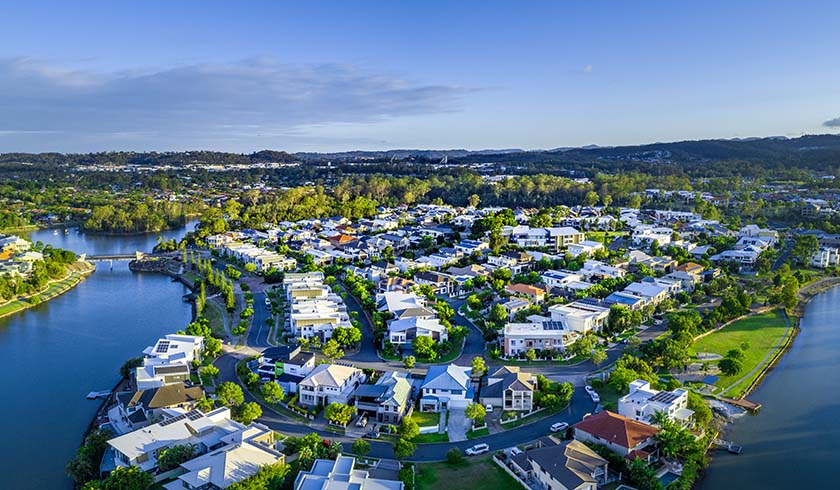Value decline in premium properties starts to slow
Analysis of market data over the last year has found that the rate of decline in value of the top end of the market has begun to ease out and is predicted to recover faster than other markets.

The latest Property Pulse report from CoreLogic research analyst Cameron Kusher, which analysed how values have changed in the top 25 per cent, bottom 25 per cent, and the middle 50 per cent of the market, has found that the top 25 per cent has the potential to see its value correct itself more effectively than the other brackets.
“After having seen much larger corrections than the other two segments (following a larger growth phase), the most expensive segment of the market is seeing its rate of decline slow,” Mr Kusher said.
“This is a trend that has played out before whereby premium housing values fall the fastest initially but also sees the falls cease earlier than other market segments.
“It is still early days, but with the housing market expected to trough in late 2019, the premium housing sector may find a floor first and start to show some level of recovery before the other segments.”
Looking at the six-month annualised changed in dwelling values, Mr Kusher found the bottom 25 per cent of the market declined by 1.4 per cent, the middle of the market fell by 6.6 per cent and the top 25 per cent fell by 11.6 per cent.
While 11.6 per cent seems large by comparison, Mr Kusher notes this is the second month in a row where declines have slowed and the smallest annual decline since December 2018.
In comparison, the 1.4 decline for the bottom 25 per cent of the market is the largest decline since September 2018, while the 6.6 per cent decline in the middle of the market is smaller than last month.
The combined capital cities saw the bottom 25 per cent decline by 5.1 per cent, the middle of the market decline by 8.3 per cent, and the top 25 per cent decline by 12.4 per cent. The declines experienced in the bottom 25 per cent were the largest since September 2008, while declines in the top 25 per cent have been the smallest since December 2018.
Regional markets, however, played out differently, with combined regional values declining by 1.2 per cent in the bottom 25 per cent, 1.6 per cent in the middle of the market, and 6.7 per cent in the top 25 per cent. The top 25 per cent decline is also the largest since January 2012.
Going along with the trend were the Sydney and Melbourne capital city markets, which saw declines of 12.5 per cent and 13.8 per cent, respectively, which were both the slowest declines since November 2018. The bottom 25 per cent and middle of the market for both of these capital cities also experienced their smallest declines, with both of Sydney’s and Melbourne’s middle markets declining the least since January 2019 at 11.9 per cent and 10.1 per cent, respectively, while Sydney’s bottom 25 per cent saw the smallest decline since October 2018 at 2 per cent and Melbourne’s since December 2018 at 0.9.
Meanwhile, Brisbane, Adelaide, Hobart and Darwin all recorded relatively significant declines in the top 25 per cent of their respective markets – Brisbane’s top 25 per cent decline was the largest decline since January 2012 at 6.2 per cent, Adelaide’s top 25 per cent decline was the largest decline since January 2013 at 2.7 per cent, Hobart’s top 25 per cent decline was the largest decline since February 2015 at 0.5 per cent and Darwin’s top 25 per cent decline was the largest decline since May 2016 at 14.6 per cent.
